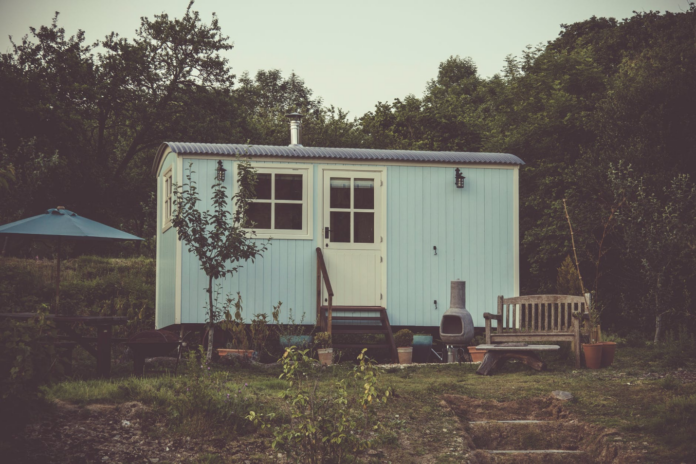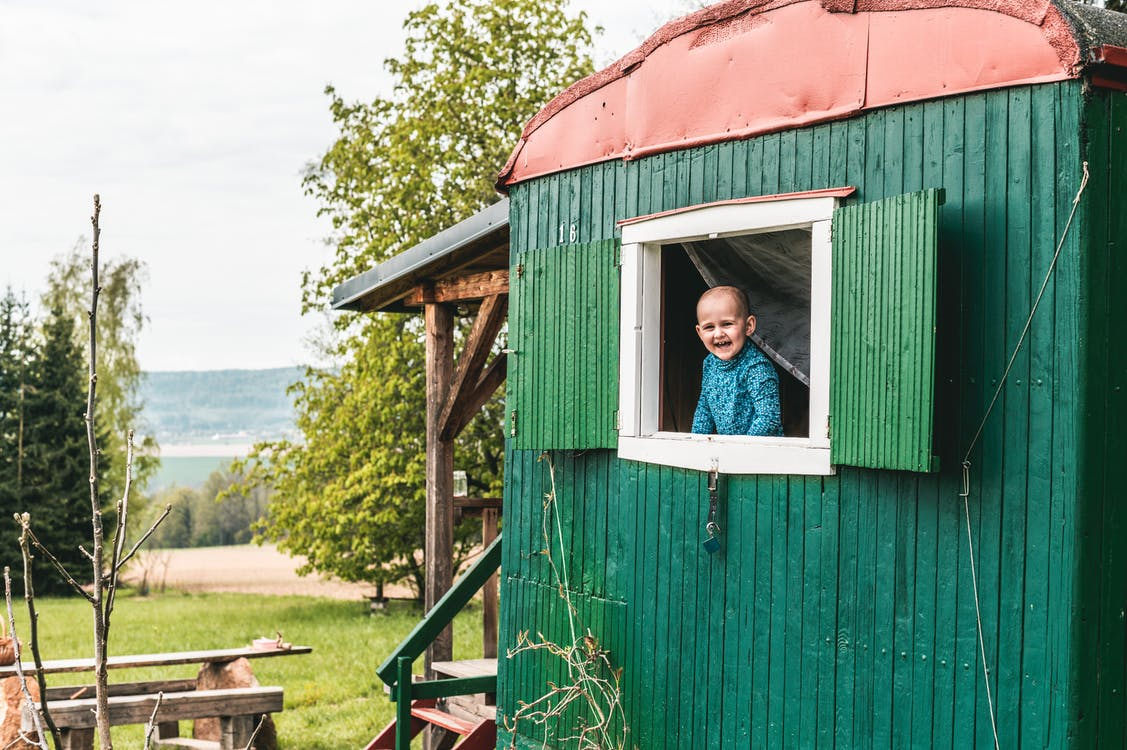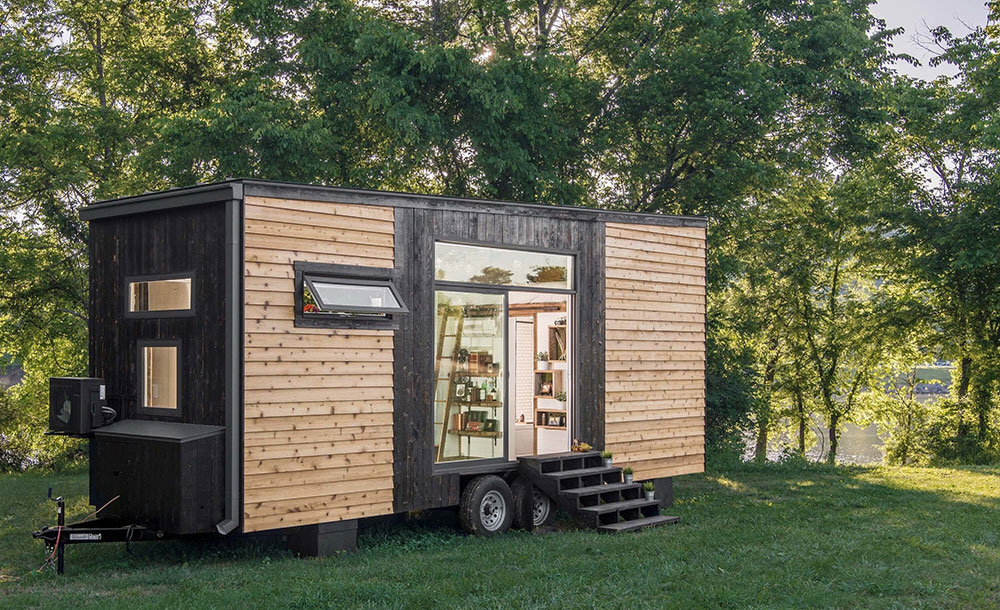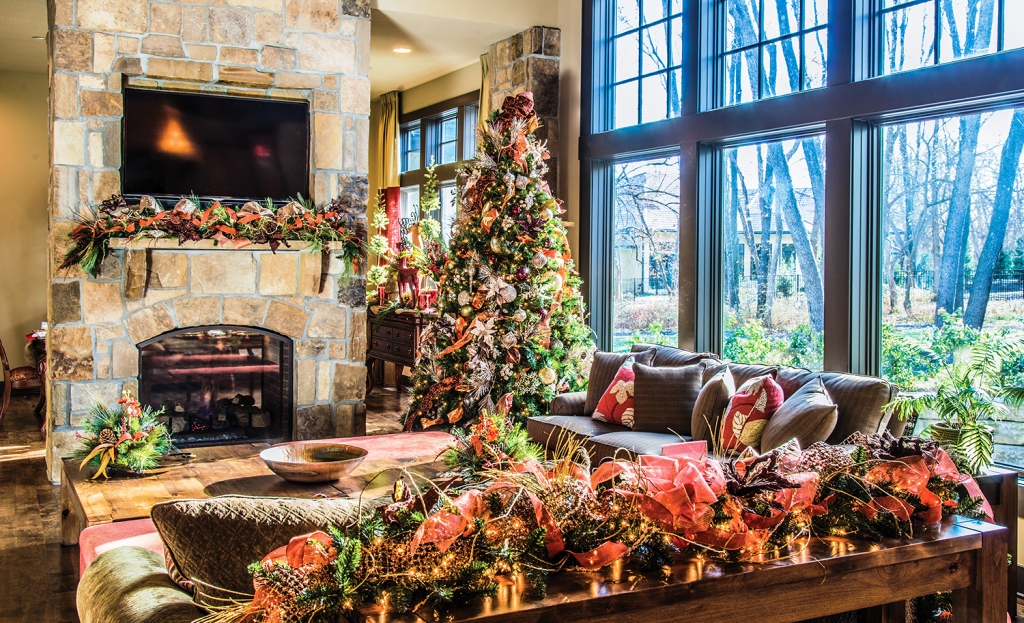Two major trends with homes and homeownership are the appearance of tiny homes and the widening use of smart home technology in our society today. These trends cater to a specific part of the market due to their uniqueness, function, and affordability. Thanks to these qualities, more and more people have been gravitating towards the construction of these tiny residences.
Before making any decisions toward this kind of house, it’s best to learn more about it. If you’re looking to invest in a home, this how-to guide will help you familiarize yourself with the key information you need to make good choices for your homeownership plan.
Home Ownership Is Changing Drastically In The Modern Era
Owning a home isn’t what it used to be. Modern residences are evolving to meet the demands of the 21st century and the challenges that come with it. There are many new technologies and solutions to the trials of our time. Out of these major changes, tiny homes and smart homes are the biggest and most likely to catch on and stay relevant long-term. Their affordable price tag coupled with a promise of functionality offers potential homeowners an easier path towards the ownership of a residence. As compared to the construction of a normal-sized home, or even a large one, the amount of money, time, and effort saved is enticing.
Of course, the function of tiny homes is made more efficient because of the presence of modern technology. There are a lot of add-ons homeowners can consider adding to their tiny houses, which would, in turn, improve efficiency and productivity. Although they are quite different from each other, they both have staying power because they solve the major issues of this era. Let’s review these technologies and see if they are right for you.
A Preview Of Smart Home Technology
Smart Home technology is expanding rapidly. There are almost too many products on the market to keep up. Some of the most popular products are voice assistants, smart outlets, smart appliances, and 3rd generation cameras. Smart Homes solve many security and family concerns, they modernize your power usage and the way you interact and control your home environment. You need to consider your needs and read up before you dive in.
Voice assistant systems are probably the hottest smart home tech available on the market today. These include the Amazon Echo and Google Nest. Strictly speaking, these aren’t only voice assistants, they are also Bluetooth speakers and have smart display abilities. Voice assistant systems are the cornerstone of a smart home. They are the most interactive and personable of the many different devices. Make sure you pick the one that is right for your household.
Smart outlets are power receptacles that are programmable and have power usage tracking features. Programmable power outlets are often equipped with Bluetooth technology. They can be programmed to turn on or off according to a schedule like traditional light timers, but they can do so much more. With smart outlets, you can turn them on or off with phone commands, via voice assistant, or remotely when you’re not at home. Power tracking outlets allow you to monitor your usage and pin down points of excess power use to reduce your power consumption to save money and reduce your carbon footprint.
Smart appliances are some of the most helpful devices and there is a smart version of almost all conventional home appliances. The classic and most famous smart appliance is the Roomba smart vacuum. Everyone hates vacuuming which is probably why they are so popular. If you’re thinking of investing in one, make sure you read some comparisons before you do. There are many other smart appliances to choose from such as touchless soap dispensers, smart crock pots (I mean how many times did you forget to turn on or off the crockpot at the right time?), and just about anything you can think of.
3rd Generation cameras aren’t your grandpa’s camera. They can be remotely viewed and controlled. They have two-way communication, can take screenshots, and can make intelligent decisions. Some of them can even be used to toss a treat to your pooch.
Tiny Homes And The Pipe Dream Of Home Ownership
For many, homeownership is a fantasy. A far-off dream that has no hope of realization. In this era, wages have stagnated while inflation and increasing property values are off the charts. This makes traditional homeownership out of reach for millennials and every one after. That’s why so many people have turned to tiny homes as a solution to their desires for homeownership.
Tiny homes are unconventional homes that are optimized for space and efficiency. Average tiny homes usually have around 120 sq. ft. of living space. So they need to make the most of it. That’s why they are often equipped with small appliances and multi-functional spaces, like taking advantage of modular and hideaway furnishings. Tiny homes need to remain around this size for convenient towing and to avoid the need for a building permit.
The average price for a tiny home is between $30k to $60k. However, they can be built for as little as $8,000 if you’re resourceful. Of course, the upward limit is the sky as your tiny home can be equipped with all the luxury furnishings, trims, and smart home technology of your dreams. The price of the home itself combined with the fact that you don’t need to purchase prohibitively expensive land makes this option very appealing for most of today’s youth. Plus, they fit nicely into the nomad lifestyle adopted by the newest generations.
Whether you’re looking for a housing solution or just investigating future options, homeownership is changing and it’s best if you plan for these changes from day one. Smart home technology offers us a more convenient, well-designed, and efficient housing option than ever before. While tiny homes offer a great solution to a growing problem of eternally homeless generations, as long as municipalities can get the zoning issues hammered out.




















